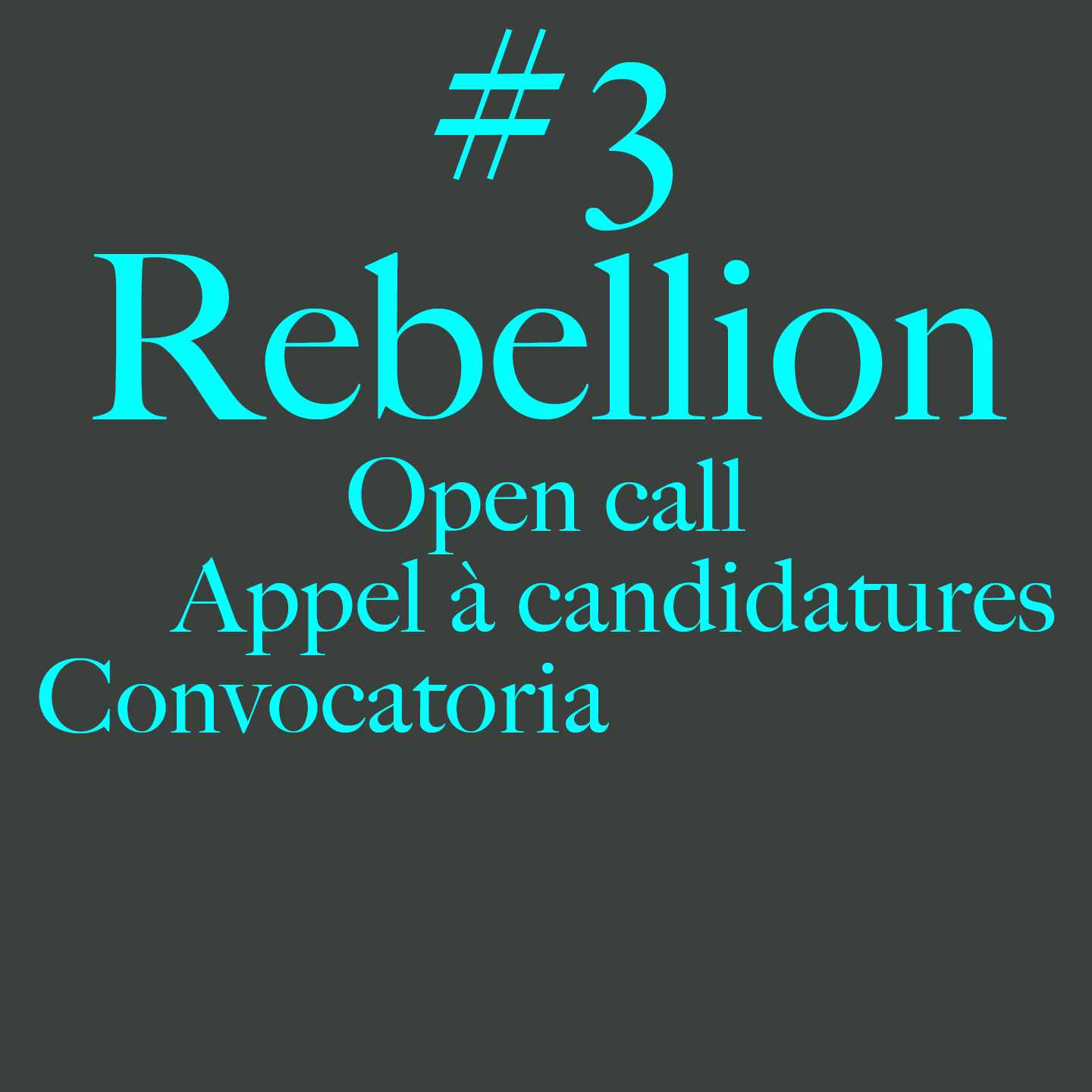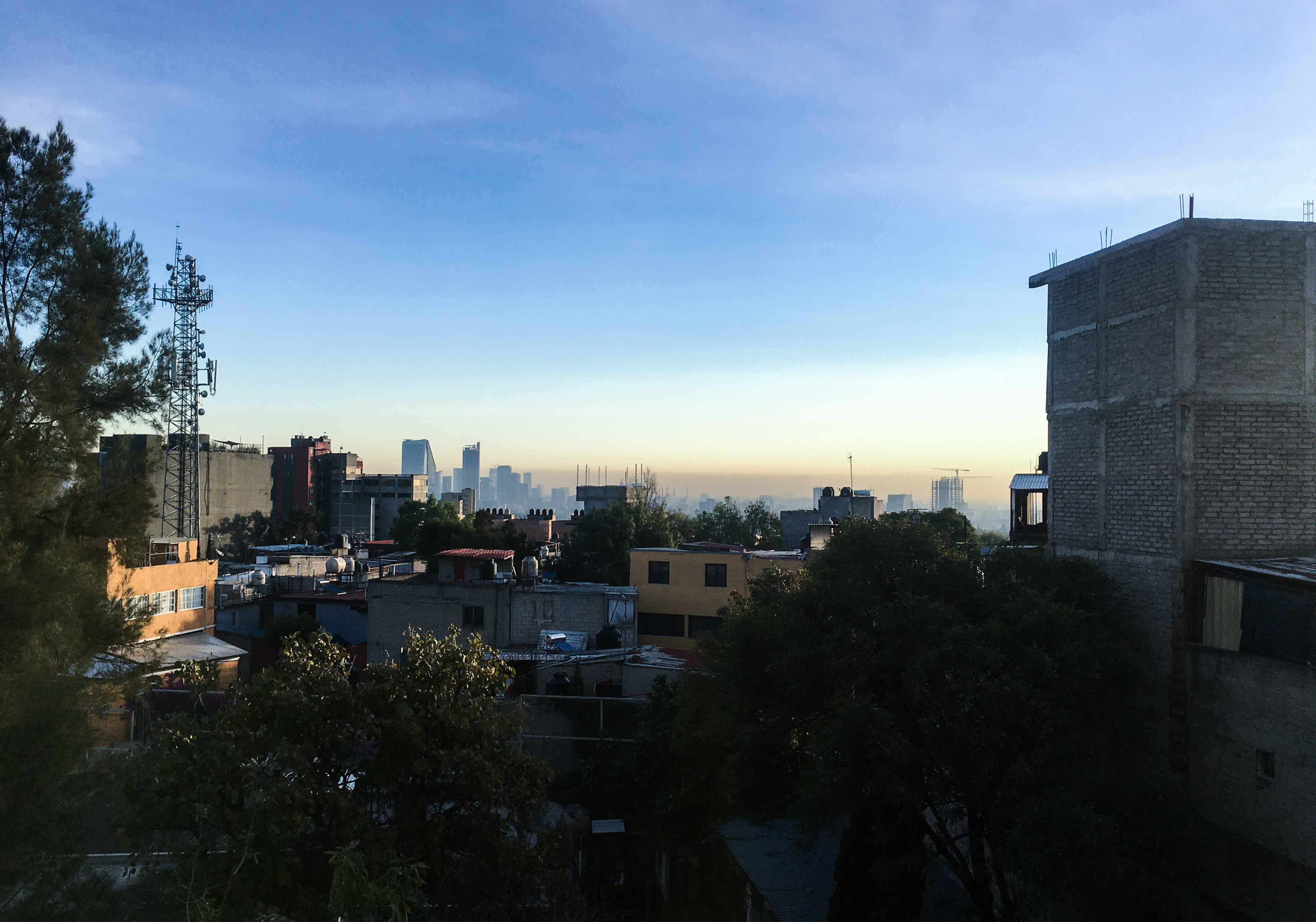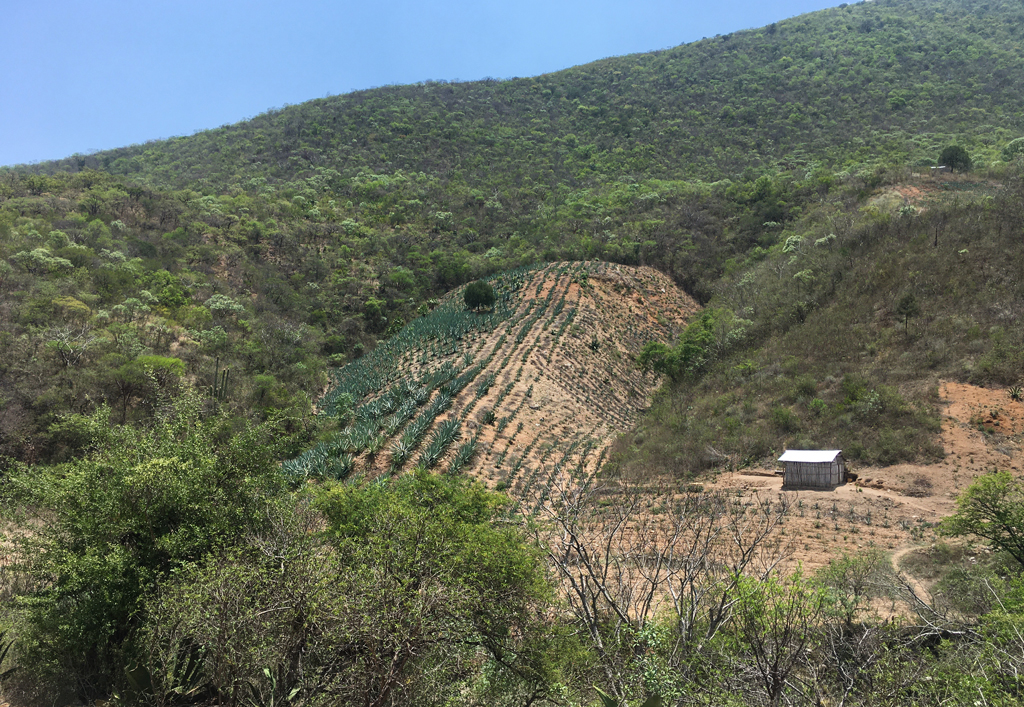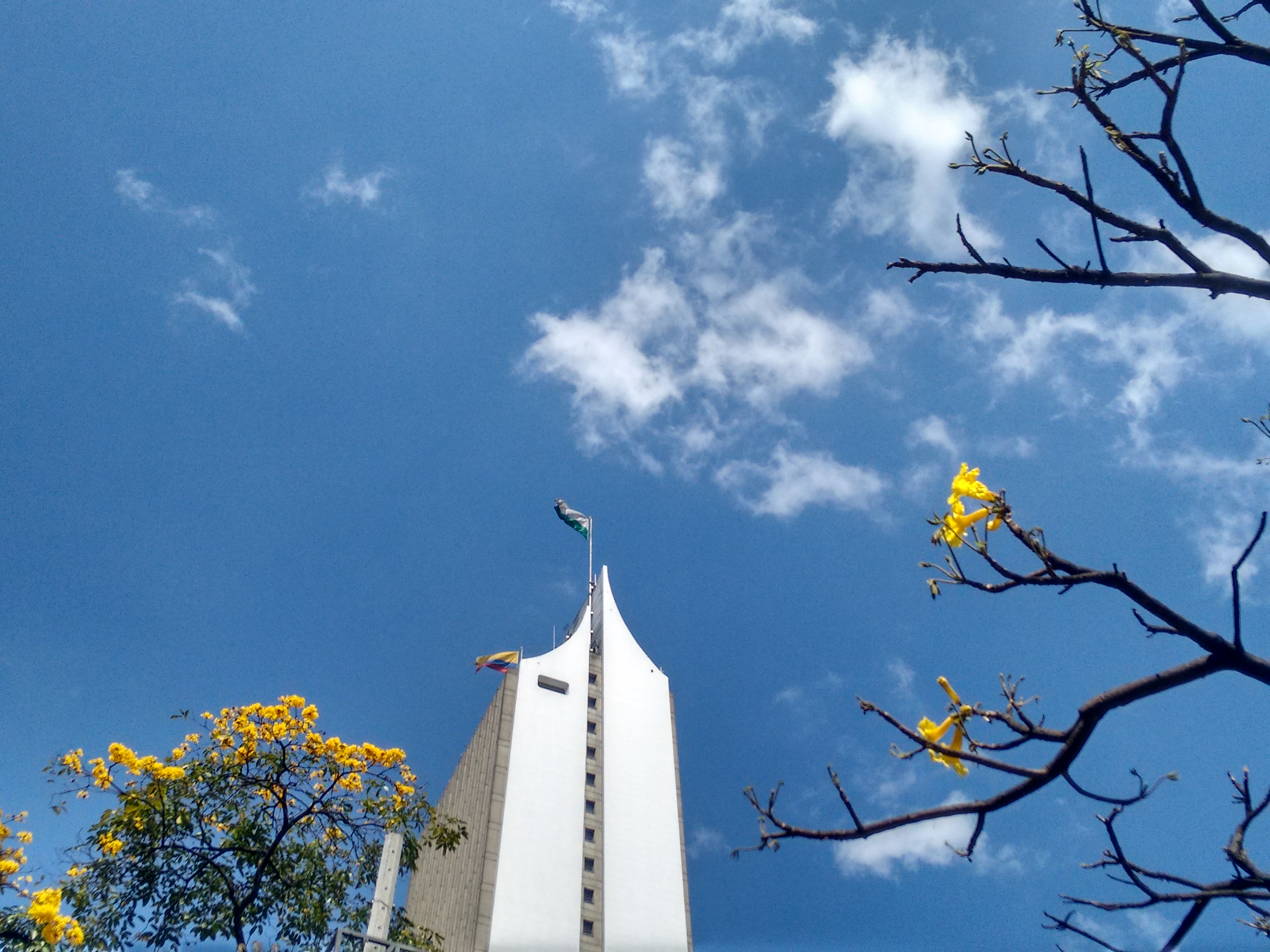Between More of Us / Blog
Landscapes of sufficiency
Beyond monocultures disguised as traditional forms of agriculture by the industrial imaginary, there are spatial modes of production that have been practiced for centuries in forests, wetlands and plains that refuse to assume the erosion of exploitation and reproduce life together with earth others.
Climate Justice, Local knowledgeMy carrier bag for terraforming is full of acacia seeds1
Terraforming is a concept proposed in the early 1960s by Carl Sagan. It hypothetically means shaping a planet, moon, or other body to provide it with Earth-like characteristics and make it habitable for Earth-like life. This involves deliberately modifying its atmosphere, volatile components, temperature, surface topography, and ecology.2 This habitual resource in science fiction and in the colonial fantasies of technological oligarchs is increasingly a necessary process on Earth itself in order to ensure the subsistence conditions of many species that inhabit it.3 Geoengineering is not a pipe dream. The large-scale alteration of global parameters of the earth such as greenhouse gases or atmospheric composition have occurred in a pronounced way since the postwar great acceleration due to fossil fuels, deforestation and changes in the chemical composition of the oceans.
For the northwestern imaginary, there is a fundamental opposition between cities as a social space and “nature”. Our design perspective is based on the tabula rasa, on the blank sheet, on the clearing of the land to then create.4 Northwestern thought attributes a primitive character to this nature, prior to a necessary process of development, domestication and design. The idea of a nature built together with others seems impossible under the visions of the creative destruction of capitalism, which requires a blank canvas. Much of what we call design is based on the taking and intensive use of “natural resources”.
The modes of cultural production in the Northwest are extractive: they are based on the exploitation of resources and people, on the invisibility of these same forms of exploitation and on the permanent expansion of their borders. Disarticulating the unequal material and symbolic relationships that acceleration imposes and moving towards ways of reproducing life above the accumulation of capital seems impossible economically, but also in an aesthetic sense. It is in aesthetics where it seems important to stop for a bit, since it is the aesthetic matrix, in the first place, that allows the establishment and reproduction of the exploitation logic within the scopic regimes of modernity.
Our sensorial experience of the world, that is, our sensitivity as a producer of valuations and desires around sugar, fuel and cars, Disney movies, vacation experiences or industrial beer–to give some everyday examples–reproduce violent socio-territorial relationships we cannot see –or do not want to see–, because are always somewhere else. Transforming our policies, organizational forms, and desires implies making visible that frequently changing our cell phone or computer is directly linked to sustaining illegal gold mining in the Amazon, as well as coltan extraction in the Congo—both cause of people displacement, water contamination and death of vulnerable populations—or that behind a cup of capsule coffee there are not only tons of unnecessary garbage, but also economic violence exerted on coffee growers forced by state policies to lower the price and purchase technological packages.
The availability of commodities goes hand in hand with the availability of cheap labor, cheap energy, cheap food and nature, as well as cheap care,5 all of them often stolen. The invisibility of the chains of violence that make available an infinity of desirable merchandise simultaneously allows the production of a certain image of the world, of certain ways of being and being-in-the-world whose shadow is violence and dispossession. In this sense, the materialization of these objects through design has a political-ontological6 character, since they produce us subjectively and, in turn, spatially produce the world in which we live. We produce landscapes and ecologies. Our urban environments are those ecologies,7 nature co-produced with the technical devices of the industrial apparatus and its power relations. Energy exploitation, the intensification of production rhythms and the productivist understanding of the universe8 are aesthetically imbricated in this production-consumption relationship within territory.
However, the monocultures that our consumer societies imagine are not the only form of spatial production. If we refuse to hopelessly assume that this is the coolest year of those we have left to live, the least unequal and the least violent, urgently imagining other possible landscapes and the relationships that produce them is perhaps not a bad idea.
The violence of capitalism permanently distracts us from paying attention to forms that are embedded in its margins and between its cracks as common projects that draw interspecific relationships from the reading of the landscape, its flows, rhythms and scales to enhance different capacities of vital reproduction and sufficiency. In recent years, from very different places, there has been an emphasis on looking at different forms of ecological reproduction that overlap the vital spaces of everyday life with agricultural production and the reproduction of life in many ways. Forms as diverse as the acadja aquaculture systems in Benin, conucos, the well spread agroforestry systems in the Venezuelan Amazon, the chinampas in the basin of Mexico or pits in the Sierra de Xichú in Mexico, to give a few examples, are not historical or ancient examples, but rather constitute forms of living biocultural reproduction and–in any case–true forms of traditional management.
The Sierra Gorda pits, in the state of Guanajuato in Mexico, are agroforestry systems organized along the Mezquital-Xichú river, in a steep area on the slope of the Gulf of Mexico in the Sierra Madre Oriental. The semi-desert region has narrow valleys and river beaches to which water is diverted through stone walls and channels from the river. In this way, sediments rich in organic matter are carried to feed managed polycultures where you can find mesquites, guamuchiles, capulines, pitayos, poplars and other endemic species that coexist with avocado, mango, citrus, walnut, figs, banana, papaya, plum trees and species associated with the milpa system such as corn, beans, pumpkins or chili peppers. Up to 72 different perennial species are counted together with their associations with insects, birds, reptiles or mammals.9 The sediments carried by the river consist of organic matter from the pine-oak forests in the upper parts of the sierra, which, when decomposed into silt, nourish crops and make it possible to avoid chemical fertilizers. The diversity of these systems is another fundamental element for the protection of pests, dispensing with pesticides and contributing to the vital richness of the soil. The pits are of the utmost importance for the peasant economy of the region, covering more than 70% of the food support of farmers in the area. These systems make it possible to ensure conditions of food sovereignty in a region that is difficult to access, with little availability of arable land and subject to great water stress.
In addition to their agri-food importance and biodiversity, pits or plots have great cultural and symbolic importance. Each of these sections of the transformed alluvial plain of the river have their own names, related to their particular characteristics, events that occurred on the site, or linked to those who manage them. Thus, for example, there are those that describe the place where they are located, such as “Boca del Arroyo del Aguaje” or whose meaning is more lyrical such as “El perfume”.10
Naming the links produced by living spaces, their histories and biocultural coordinates is one of the ways that many thinkers such as Emiliana Cruz or Val Plumwood propose to open narrative cracks in the plots of accumulation. Naming based on community meanings in one’s own language is a fundamental part of the localized production of space, its vegetation and fauna, but also its economies, its songs and stories. In the region, the huapango huasteco is sung, a genre of narrators of the social, political and cultural life of the region that, together with the biocultural landscape of the sierra, allows us to imagine other forms of micropolitical terraforming and thinking about aesthetics as territorially embedded.
The rancher from here of this land
is never ashamed of being
grows wild rooted and tenacious
like a bush that clings to the ground
In the hostile aridity or in the mountains
he has tanned his being for a long time
cold, weather, humidity, burning sun
downpour, blizzards, droughts
they are everyday family
[…]
The real rancher
Do not confuse pitaya with tunas
it is known of sowings, of moons
with his dog he camps on the slopes
He enters the mountain with his chaps
Bring your cuaco and your riata up to date
when you have to cross the growing
knows how and never goes astray
if it is about using the machete11





